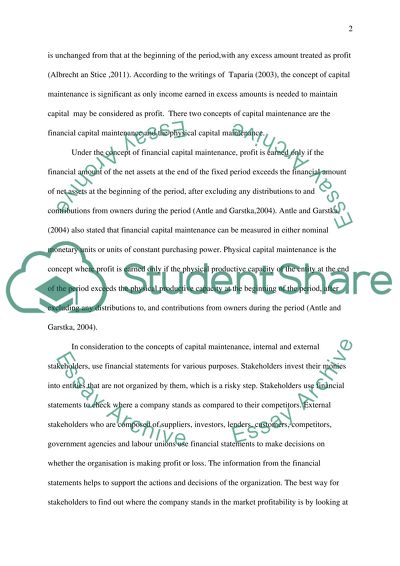Cite this document
(“Financial statement Essay Example | Topics and Well Written Essays - 1750 words”, n.d.)
Retrieved from https://studentshare.org/finance-accounting/1626364-financial-statement
Retrieved from https://studentshare.org/finance-accounting/1626364-financial-statement
(Financial Statement Essay Example | Topics and Well Written Essays - 1750 Words)
https://studentshare.org/finance-accounting/1626364-financial-statement.
https://studentshare.org/finance-accounting/1626364-financial-statement.
“Financial Statement Essay Example | Topics and Well Written Essays - 1750 Words”, n.d. https://studentshare.org/finance-accounting/1626364-financial-statement.


